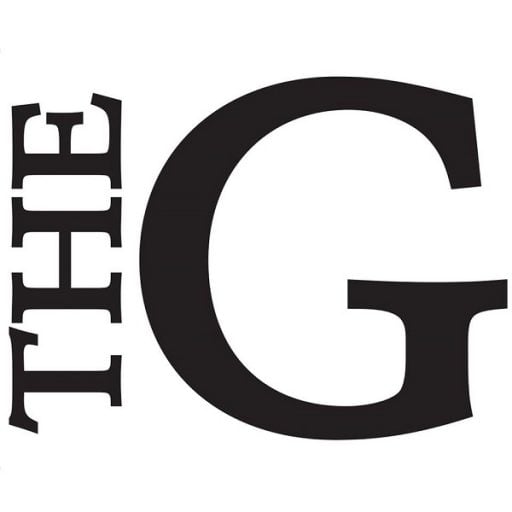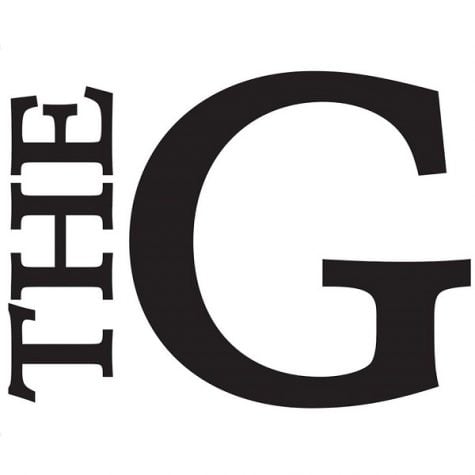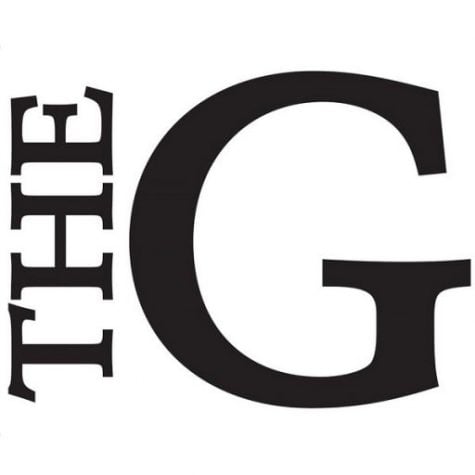Cards, chocolate and a little history for Valentine’s Day

Ah, Valentine’s Day. Elementary school students exchange paper valentines in shoeboxes, middle-school students seek nervous crushes and college students complain about being single. But what is the origin of the holiday?
Historically, the holiday’s name has been attributed to at least two Catholic martyrs, although there is debate over whether the honored Valentine in question might have been one of them. It is remarkably difficult to establish a solid chronology of the holiday because of a lack of documentation. This issue is further compounded by the numerous traditions that celebrate the saints.
The pop-history understanding of Valentine’s Day holds that it started as a celebration of Saint Valentine, who supposedly married Roman soldiers to their sweethearts in secret and gave them hearts cut from parchment as a reminder of their vows. Neither of these claims can be historically proven, and the former is almost certainly untrue, as the emperor involved in the legend did not forbid his soldiers from marrying. What’s most interesting about this revisionist idea is that it provides false backing for the later tradition of sending Valentine’s Day cards.
There are a variety of traditions from the Middle Ages that involved Saint Valentine, but they may relate to the historic feast day for the saint, which has little to do with the modern holiday. “Valentine” would become a term often used in relation to love but thus far, there’s no evidence of the modern tradition of card-exchanging in the Middle Ages.
While pop-history rewrites assert that the custom of exchanging cards has been around for as long as Valentine’s Day has existed, the tradition wouldn’t emerge until the late 1790s, alongside the growing Industrial Revolution. Over the years, the cards would grow in popularity and could be made and sent more easily, contributing to a quickly growing tradition. Notably, exchanging Valentine’s Day cards began in England, and spread to the United States and elsewhere within a few decades.
Chocolates came to prominence as an established gift for the holiday in the late 1860s, and from there the final foundations for the holiday would be built. Now, Valentine’s Day stands as both a tradition and a large industry and, more importantly, as a day for college students to complain about being single.








Renata • Feb 13, 2023 at 9:09 pm
Slay x2